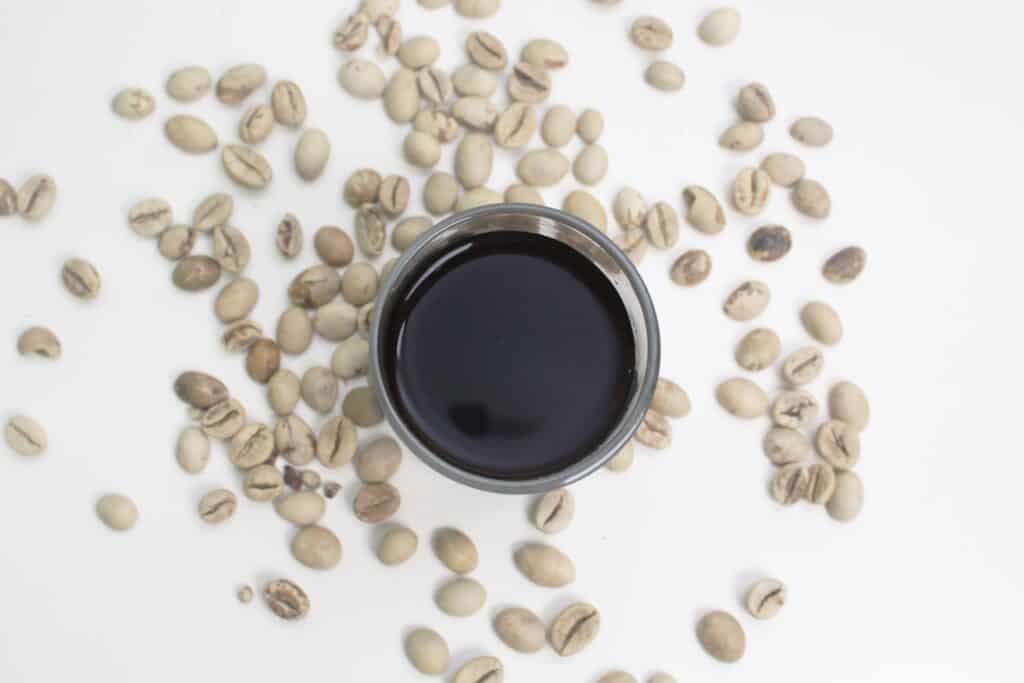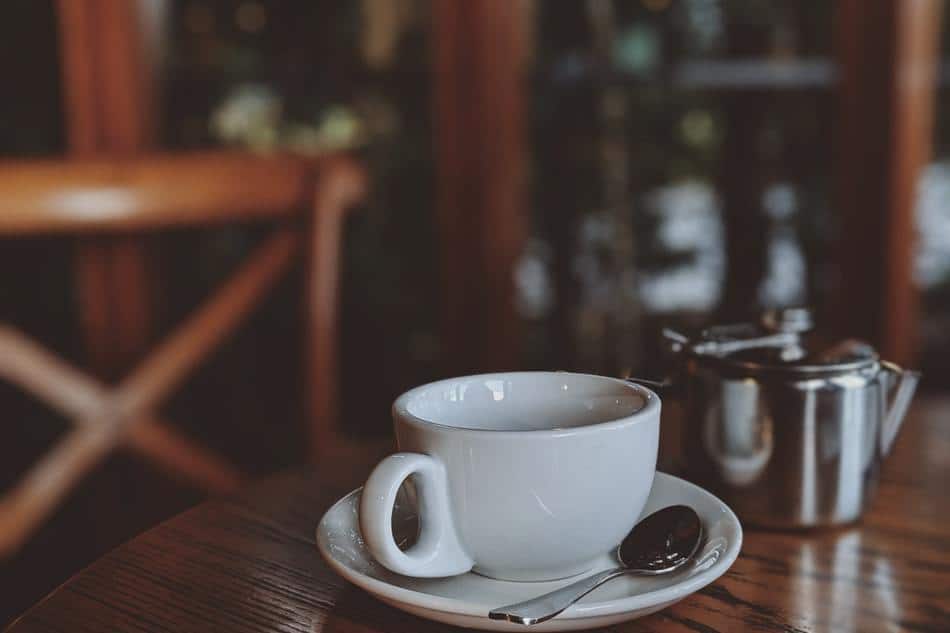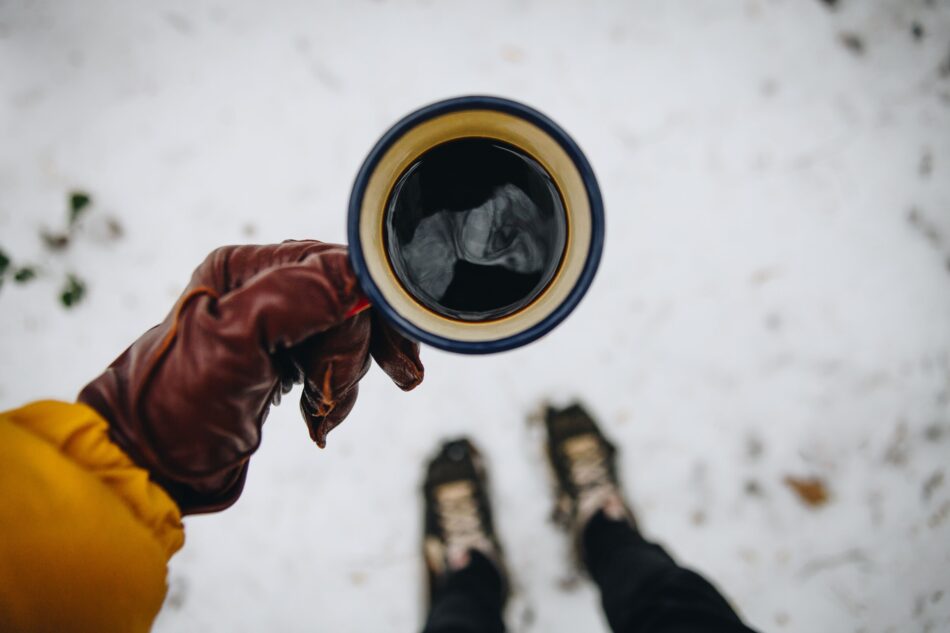Do you love the taste of espresso but don’t have an espresso machine? Are you always asking the question, can you use regular coffee for espresso? The answer to the question depends on some factors. In this article, I will discuss how to make espresso with regular coffee and some tips for getting the best results.
You can use regular coffee for espresso, but it will not taste the same as coffee made with espresso beans. The reason is that espresso beans are roasted longer and at a higher temperature than regular coffee beans. This creates a more concentrated flavor that is ideal for making espresso.
What Is Regular Coffee?
Regular coffee is the most common type of coffee. It is made with a simple brewing method, using water and ground coffee beans. The resulting brew is typically dark in color and has a strong flavor. Regular coffee can be enjoyed on its own or with milk and sugar and it can be used to substitute espresso in some cases.
There are two main types of regular coffee: Arabica and Robusta. Arabica beans are grown at high altitudes and have a sweeter, more complex flavor. Robusta beans are of lower quality but have higher caffeine content. Regular coffee made with Arabica beans is often more expensive than Robusta-based blends.
When it comes to taste, regular coffee can vary greatly depending on the type of bean used, the roasting level, and the brewing method. Some coffees are rich and full-bodied, while others are lighter and more delicate. The acidity of coffee also varies, with some coffees being very acidic and others being more mellow.
What Is An Espresso?
An espresso is a coffee that is brewed by forcing hot water under pressure through finely-ground coffee beans. The resulting coffee is very strong and has a unique, slightly bitter flavor. Espresso is the base for many other popular coffee drinks, such as cappuccinos and lattes.
Espresso is made using a special type of coffee machine that forces hot water through the grounds at high pressure. This process extracts more flavors and oils from the beans than methods. As a result, espresso is much more concentrated than regular coffee.

If you use regular coffee beans for your espresso, you may find that the flavor is weaker and the texture is thinner.
However, it is possible to make a good cup of espresso with regular coffee beans if you grind them very fine and use a lot of pressure when brewing. Ultimately, it all comes down to personal preference. Some people prefer the taste of regular coffee in their espresso while others find it to be too weak. It just depends on what you like.
How To Make Espresso
You will need the following items: an espresso machine, coffee beans, a grinder (if your beans are not already ground), a tamper, and a milk frother (optional). The steps to making espresso are as follows:
- Start by grinding your coffee beans. If you are using a blade grinder, aim for a consistency that is slightly finer than sand. If you are using a burr grinder, grind until the beans reach a uniform size.
- Next, place the grounds in the portafilter and tamp them down. Tamping is important because it helps to extract evenly. Use about 30 lbs of pressure when tamping.
- Now it’s time to brew! Place the portafilter in the espresso machine and start the brew cycle. Depending on your machine, this should take about 25-30 seconds.
- Once the espresso is brewed, it’s time to froth your milk (if using) if you want to add some milk. Place your milk of choice in the frothing pitcher and steam until it reaches 140 degrees Fahrenheit.
To finish, pour the steamed milk into your espresso and enjoy! Add sugar or other flavorings as desired.

What Is The Caffeine Content For Espresso?
Espresso has more caffeine per volume than regular drip coffee, but because the serving size is much smaller, the overall caffeine content is lower. A single shot of espresso contains about 64 mg of caffeine, while a 12-ounce cup of drip coffee contains about 120 mg.
If you’re looking for a quick caffeine fix, espresso is a good choice. But if you’re trying to limit your intake, you might want to stick to regular drip coffee.
Is Espresso Bitter?
The answer to this question is a resounding maybe. Espresso can be bitter, but it doesn’t have to be. Bitter coffee is often the result of poor quality beans or bad brewing techniques. If you’re using good beans and proper brewing methods, your espresso should be pleasantly balanced, with sweet and savory notes coming through.
That being said, some people prefer their coffee on the bitter side. If that’s you, there are a few things you can do to make your espresso more bitter. One is to use a darker roast bean; the longer the bean is roasted, the more bitterness will come out in the cup. You can also try using less water when you brew, as this will concentrate the coffee and make it more intense. Finally, you can experiment with different grind sizes; a finer grind will often result in a more bitter cup.
So, is espresso bitter? It can be, but it doesn’t have to be. It all depends on your preferences and brewing methods.
Is Black Coffee And Espresso The Same Thing?
The answer to this question is a little complicated. Black coffee and espresso are similar in that they are both coffee drinks made with coffee beans. However, there are some key differences between the two drinks.
Espresso is made by forcing hot water through finely-ground coffee beans. Black coffee, on the other hand, is made by brewing ground coffee beans in hot water for a longer period. This produces a weaker drink that has less flavor than espresso.
So, while black coffee and espresso are both made with coffee beans, they are not the same thing. Espresso is stronger and more flavorful than black coffee.
Final Words
In the end, it all comes down to personal preference. If you like the taste of regular coffee and want to save some money, go for it! However, if you’re looking for that true espresso flavor, it’s best to stick with espresso beans. Experiment and see what you like best!
Related Articles

